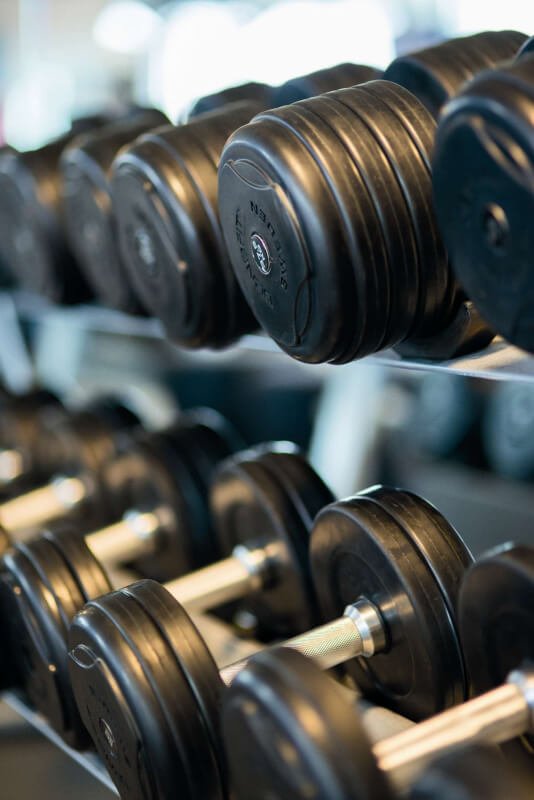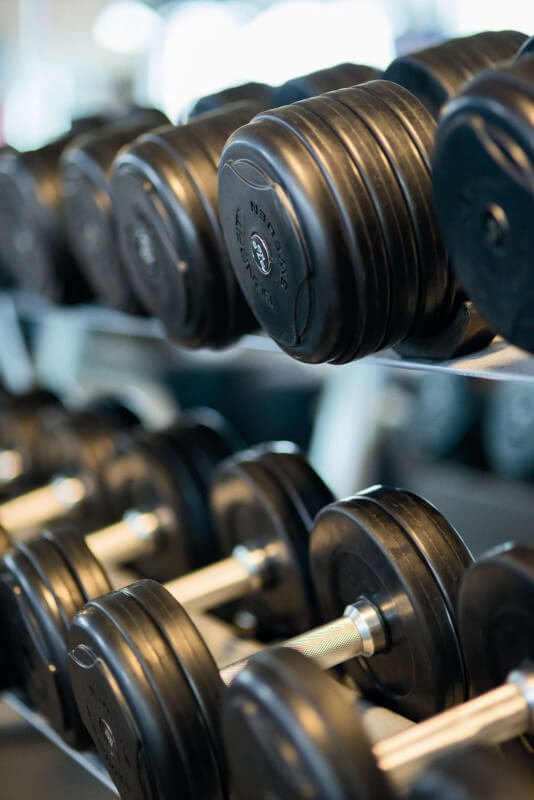Are you looking for an affordable and convenient way to enhance your agility training at home? Look no further! In this article, you will discover a step-by-step guide on how to build your very own DIY home gym agility ladder. With just a few simple materials and a little bit of creativity, you can elevate your workout routine and improve your speed, coordination, and footwork. Say goodbye to expensive gym memberships and hello to your personalized fitness haven right in the comfort of your own home. Get ready to take your athleticism to the next level with this easy and cost-effective solution!
How to Build a DIY Home Gym Agility Ladder
Are you looking to add some agility training to your home gym routine? Building your own agility ladder is a fun and cost-effective way to improve your speed, coordination, and balance. With just a few materials and some basic tools, you can create a DIY agility ladder that will help enhance your athletic performance. In this article, we will guide you through the step-by-step process of building your own agility ladder. So let’s get started!

Materials Needed
Before we begin, let’s gather all the materials that we will need for this project. Here’s a list of what you will need:
- PVC pipe: This will serve as the main structure of the ladder.
- PVC connectors: These will be used to connect the PVC pipe pieces together.
- Measuring tape: Necessary for measuring and marking the PVC pipe.
- PVC pipe cutter: This will help us cut the PVC pipe into individual ladder rungs.
- Sandpaper: Used to smooth any rough edges on the cut PVC pieces.
- Marker or pencil: Used for marking the PVC pipe.
- Spray paint (optional): If you want to add some color and aesthetics to your ladder, spray paint can be used.
- Rope or bungee cords: These will be used to secure the ladder to the ground or wall.
- Scissors: Used for various tasks throughout the project.
Now that we have all our materials ready, let’s dive into the step-by-step instructions for building your DIY agility ladder.
Step 1: Measure and Mark the PVC Pipe
The first step is to determine the desired length of your agility ladder. Using a measuring tape, measure and mark equal intervals on the PVC pipe. These markings will serve as the spots where the ladder rungs will be attached. It’s important to make sure the markings are evenly spaced for consistent agility training.
Step 2: Cut the PVC Pipe
Once you have marked the PVC pipe, it’s time to cut it into individual ladder rungs. Use a PVC pipe cutter to make clean and straight cuts. This will ensure that the ladder rungs fit together properly and create a sturdy structure for your agility ladder.
Step 3: Smooth the Edges
After cutting the PVC pipe, it’s a good idea to smooth any rough edges or burrs on the cut PVC pieces. Simply use sandpaper to gently sand down the edges. This will not only prevent any potential injuries but also make the ladder more comfortable to step on.

Step 4: Connect the PVC Pipes
Now it’s time to connect the PVC pipe pieces using PVC connectors. Insert the cut PVC pieces into the connectors, making sure they fit tightly for stability and durability. This will create the base structure of your agility ladder.
Step 5: Create the Ladder Rungs
To create the ladder rungs, you will need to cut smaller pieces of PVC pipe to the desired width of your ladder rungs. These smaller pieces will serve as the rungs for your agility ladder. Make sure the width is suitable for your feet to comfortably step on each rung.

Step 6: Attach the Rungs to the Ladder
Once you have cut the ladder rungs, it’s time to attach them to the ladder. Use PVC connectors to secure the ladder rungs to the main structure. Make sure the rungs are evenly spaced and securely attached to the ladder for optimal performance and safety.
Step 7: Set Up the Ladder
With the ladder fully assembled, it’s time to set it up in your home gym. Find a flat surface where you have enough space to perform your agility training exercises. Place the ladder on the ground, ensuring that it is stable and secure.

Step 8: Optional: Paint the Ladder
If you want to add some color and aesthetics to your agility ladder, you can choose to paint it. Consider using spray paint in your favorite colors to make the ladder more visually appealing. This step is optional but can add a personal touch to your DIY agility ladder.
Step 9: Secure the Ladder
For added stability and safety, it’s important to secure the ladder to the ground or wall. You can use rope or bungee cords to anchor the ladder and prevent it from moving during your training sessions. Make sure the ladder is securely fastened to avoid any accidents.

Step 10: Ready for Use!
Congratulations! Your DIY home gym agility ladder is now ready for use. Take advantage of this versatile piece of equipment to perform various agility exercises that will help improve your speed, coordination, and balance. Incorporate ladder drills into your training routine and watch your athletic performance soar to new heights.
In conclusion, building a DIY home gym agility ladder is a fun and rewarding project that can enhance your fitness routine. With just a few materials and some basic tools, you can create a custom agility ladder that suits your needs. Follow the step-by-step instructions provided in this article, and you’ll be on your way to enjoying the benefits of agility training in the comfort of your own home. So go ahead, get creative, and unleash your inner athlete with your very own DIY agility ladder!


